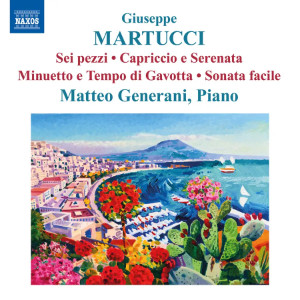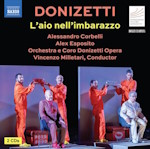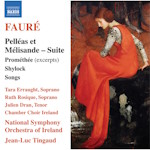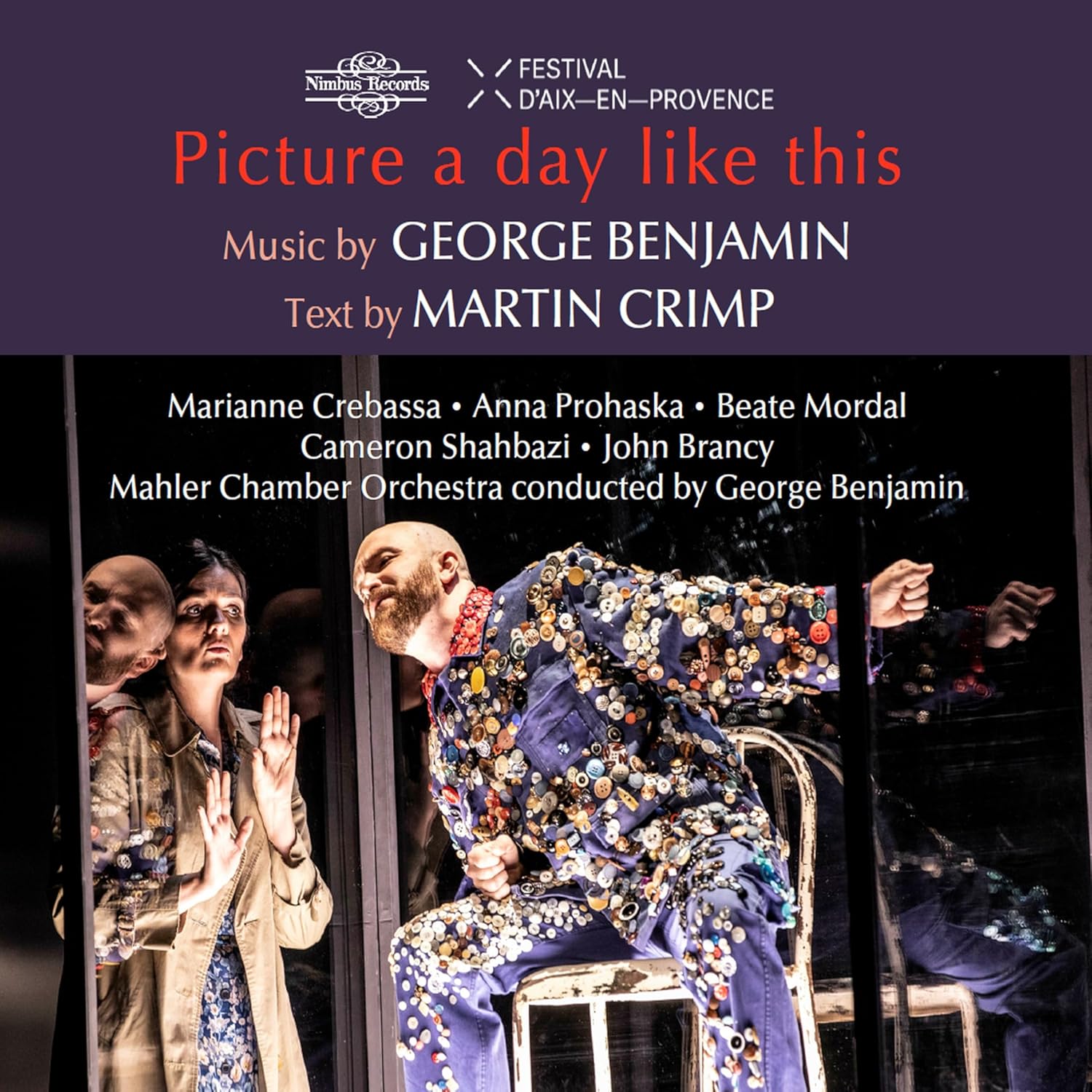
Giuseppe Martucci (1856-1909)
Piano Works
Matteo Generani (piano)
rec. 2023 White Recital Hall, James C. Olsen Performing Arts Centre, Kansas City, USA
Naxos 8.574628 [72]
Giuseppe Martucci was something of a prodigy who first appeared on the concert stage at the age of eight after studies with his father, a military trumpeter and bandmaster. His talent was recognised by a pupil of Sigismond Thalberg, Beniamino Cesi who recommended study at the Reale Collegio di San Pietro a Maiella which later became the Naples Conservatory. He composed from an early age but his initial fame was largely as a virtuoso pianist and it was only in 1880 that his concertising was curtailed when he took up a piano post at the Reale Collegio and became conductor of the Orchestra Napoletana. Unusually, especially for a 19th century Italian composer you will look in vain for an opera; there are a double handful of songs and an unpublished sacred oratorio, Samuel, but the bulk of his largely unexplored output is piano music. The two symphonies and two piano concertos have had some success on disc, indeed the excellent second concerto was championed by Mieczysław Horszowski and it has been revived more recently by pianists including Nelson Goerner and Gerhard Oppitz. With several chamber works and piano transcriptions of baroque masters also to his credit he is certainly one of the composers leading the instrumental revival in Italian music in the second half of the 19th century.
The booklet acknowledges that his earlier piano pieces, opp.1 to 50 contain no masterpieces though if one picks any random piece from this group you will find melodious and well crafted works with an inventive use of piano figuration and in general a harmonic scheme that goes a little beyond the run of the mill salon piece that these are often described as. In the six pieces op.38 there is a lilting slow waltz in flatterie, an elfin scherzo in souvenir d’un bois and a quite beautiful Chant d’amour, its slow melody with occasional blue notes singing under a constant chordal accompaniment. La Chasse is more than just a simple hunting scene; though it has its share of brazen hunting calls Martucci contrasts this with lyrical writing and some interesting harmonic twists. The serenade has elements of a Mendelssohn song without words though Martucci’s melodic and harmonic gifts are quite different. The weakest of the set is for me the final moment de joie which uses one keyboard figuration throughout, a four semiquaver pattern that outlines the piece’s melody. The Nocturne Souvenir de Milan employs the kind of decorative writing that is familiar from Chopin though this pleasant morceau is modest compared to the Pole’s tone poems. His later nocturne, the first of two in his op.70 is more mature and certainly more varied with finely crafted syncopation and decoration; he made an orchestral arrangement of the piece some time later. Two more early works are his modest barcarolle and a sonata facile that is packed with classical figurations that Haydn and Mozart would have recognised and has an irrepressible playfulness and charm. Charm is a keyword for the E major scherzo, the second of three he wrote in 1883. Its outer sections are full of sparkling fingerwork and the middle section with its steady syncopated chordal melody is beautifully crafted. In the same way that his sonata facile looks back to older models so too do his minuetto e tempo di gavotta; the minuet has something of Schubert about its energetic skipping dance even if the harmonic language is more modern. The Gavotte is a much more enticing piece, full of humour and intricate, impish writing in its outer sections with a bucolic scene at its heart, painted by a whimsical flute melody over a drone bass. Two more coupled pieces are the capriccio e serenata from 1886; the capriccio shares the puckish humour of the gavotte while the rippling accompaniment of the serenata reminded me a little of Liszt’s Au bord d’une source though the long melody takes us in a different direction entirely – it is a happy creation and Generani impresses as he coaxes the lovely melody from amongst the scurrying accompanying decoration. His melodic gifts are evident here and in the delicate song without words, his romanza facile that opens the recital but there is plenty of evidence in this recital of Martucci the virtuoso pianist who impressed Liszt when he heard him play in Rome, not least the tour de force that is the tarantella that closes his set of six pieces op.44; for all its big boned playing and keyboard encompassing leaps this daunting work also calls for quicksilver reflexes in the quietest sections.
Matteo Generani has those reflexes and dispatches this with seeming ease but he is also a lyricist; I found him a little stiff at the opening of the op.70 nocturne that took a little time to get going but elsewhere he is very successful in matching his playing to Martucci’s ever present melodiousness. You can still track down Francesco Caramiello’s two discs of Martucci’s piano works but there is not a lot of crossover with the present album and this is an entertaining disc for anyone wanting to explore a cross-section of this romantic Italian’s neglected piano output.
Rob Challinor
Buying this recording via a link below generates revenue for MWI, which helps the site remain free



Contents
Romanza facile (1889)
Capriccio e Serenata Op.57 (1886)
Sei Pezzi Op.38 (1878)
Nocturne Souvenir de Milan Op.25 (1875)
Minuetto e Tempo di Gavotta Op.55 (1880/1888)
Sonata facile Op.41 (1878)
Scherzo No.2 in E major from three Scherzos Op.53 (1880)
Nocturne No.1 in G flat major Op.70 No.1 (1891)
Tarantella from Sei Pezzi Op.44 No.6 (1880)
Prima Barcarola Op.20 (1874)

















